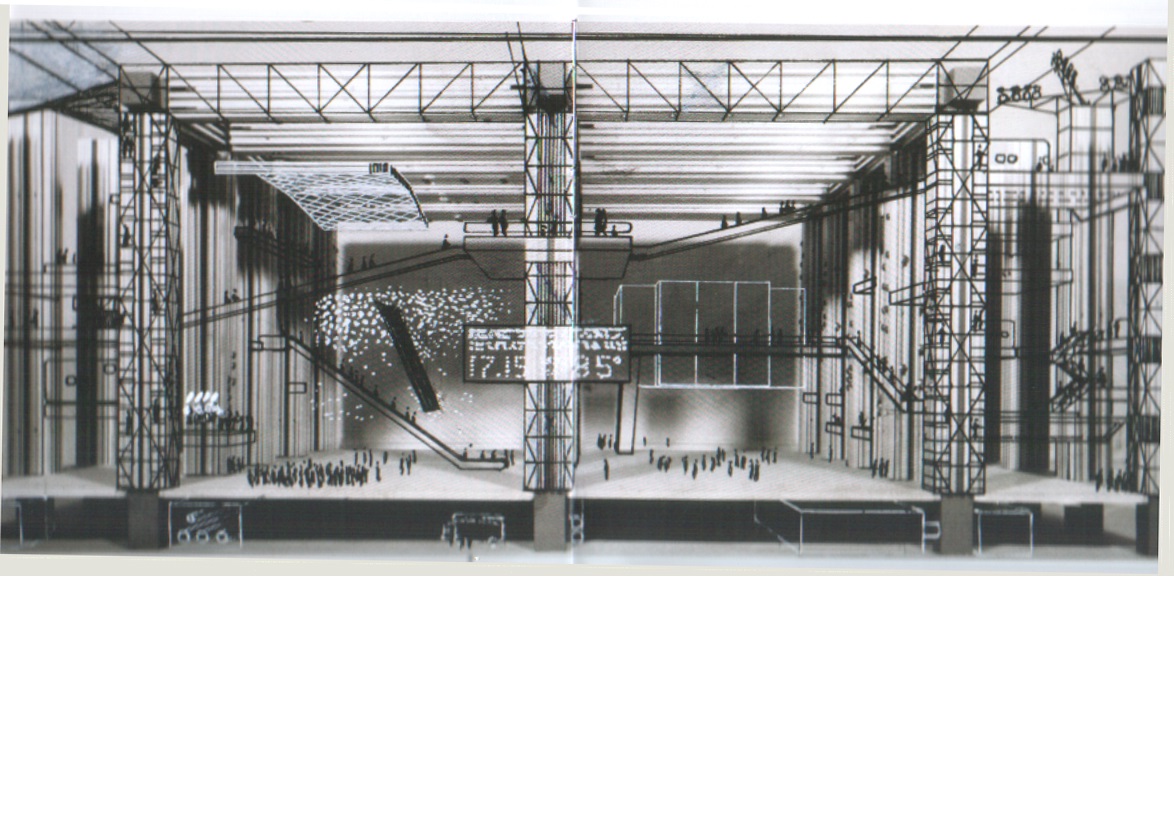Lo spazio della città
DOI:
https://doi.org/10.13135/2038-6788/9270Parole chiave:
Architettura, Cedric Price, Città, Claude Parent, MAXXI, Paul Virilio, Spazio, Zaha HadidAbstract
Architectural space is the space of the city. In the Western world, urban culture develops according to morphologies that evolve with continuity by integrating the innovations of the Renaissance and the experimentations of the Baroque period up to the end of the nineteenth century. The avant-garde produces new models that overcome density in favor of rarefaction. In the 1960s, the crisis of the models offered by the modern movement generates radical proposals such as the fonction oblique and “free space” based on diagrams. At the end of the millennium, the neo-avant-garde proposes once again the value of the form by using the strategy of deconstruction. In the current period of decrease, the permanence of historic and modern cities compels us to a critical attitude toward the invention of new models and in favor of a prudent restoration of the existing constructed space.


